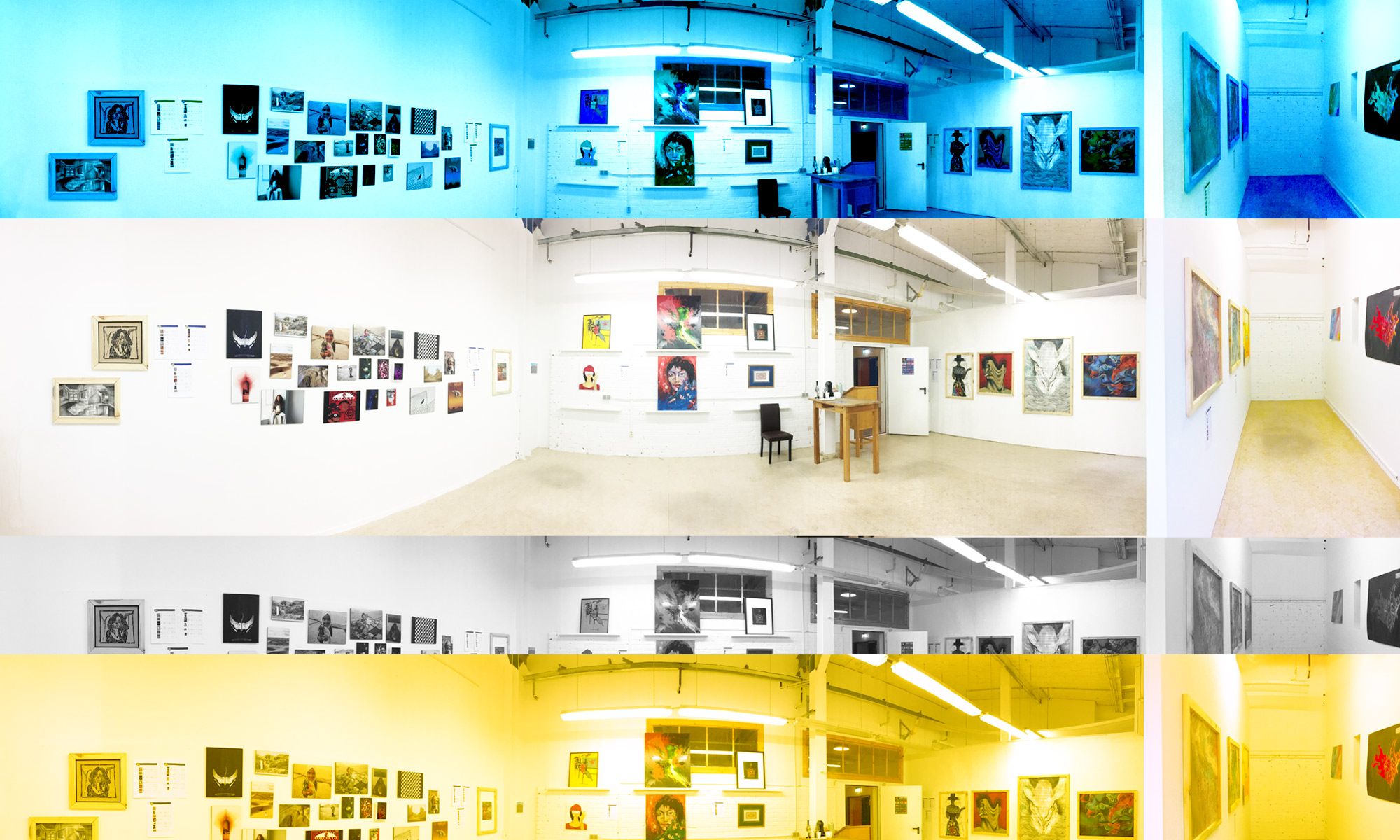Charcoal drawing is a unique medium that allows you to let go of your fear of white paper, perfectionism, and the fear of starting or finishing a piece. It might make your hands dirty, but that is exactly what you need to let go of control and fear. Everywhere will be messy, and that is part of the process. You can use every kind of charcoal, whether it is a stick, inside the lead of a mechanical pencil, or in powder form, to create dramatic and powerful pieces. You can even mix it with black ink or watercolor to create a dreamy fantasy land.
There are many good quality charcoal brands available, such as Nitram, General’s, Derwent, and Conte. Each brand offers a range of charcoal types, including vine charcoal, compressed charcoal, and charcoal pencils. Vine charcoal is soft, fragile, and great for laying out initial drawings. Compressed charcoal, on the other hand, is denser and provides a more intense black tone. Charcoal pencils are a combination of vine charcoal and compressed charcoal and are great for detail work.
When it comes to techniques, one way to start is to hold a piece of charcoal in your hand and put a big enough piece of paper in front of you, one that makes you a little scared. Start by scratching the paper with the largest part of the charcoal. You’ll notice that it produces a dark shade, which is perfect for expressing any negative energy. Then try rubbing the charcoal from here to there with your fingers until your fingers and the whole paper turn black. If you are angry, use the charcoal again and again until you feel better.
At some point, you might discover some patterns inside the blackness. You can make them more permanent with another piece of charcoal or a lighter eraser. Don’t be afraid to trust your inner being and let your ideas flow naturally. With each stroke, your self-expression will become more apparent.
If you catch yourself judging your work or yourself, gently rub your other hand and tell yourself to relax and let go. Then, apply more pressure to the charcoal piece over the area where you were judging yourself. Remember, the more you listen to yourself and trust your instincts, the more natural the process will become. Trust the journey, and you’ll find yourself creating self-portraits and expressive pieces without even realizing it.
In conclusion, charcoal drawing is a powerful medium that allows you to express yourself freely without fear or limitations. With different types of charcoal and techniques, you can create dramatic and powerful pieces that speak to your innermost thoughts and emotions
Charcoal is a versatile medium that can produce a wide range of effects, depending on the technique used. One of the simplest ways to use charcoal is to simply pick up a stick and make broad, gestural marks on the paper. These marks can be used to establish the overall composition and to create a sense of movement and energy in the drawing. By varying the pressure and angle of the charcoal stick, you can create a range of values, from light to dark, and use this to add depth and dimension to the drawing.
Another technique that can be used with charcoal is blending. This involves using a blending tool, such as a stump or tortillon, to smudge and soften the charcoal marks. Blending can be used to create a smooth, subtle shading effect or to blend colors together for a more painterly effect. Charcoal can also be combined with other mediums, such as pastel or watercolor, to create unique effects.
Another popular technique with charcoal is to use a kneaded eraser or a chamois cloth to create highlights and remove areas of charcoal. This can be used to create sharp, crisp edges or to add texture to the drawing. By combining this technique with other techniques, such as blending or layering, you can create a wide range of effects and styles in your charcoal drawings.
It’s also worth noting that there are different types of charcoal available, each with its own unique properties. Vine charcoal, for example, is soft and easy to blend, making it ideal for creating broad, expressive marks. Willow charcoal is slightly harder and produces a darker mark, making it better for creating detailed lines and fine details. Compressed charcoal is even harder and produces a very dark, almost black mark, making it ideal for creating deep shadows and contrast in a drawing.
Overall, charcoal is a medium that offers a lot of creative possibilities. Whether you’re looking to create bold, expressive marks or delicate, detailed drawings, charcoal can be a versatile and rewarding medium to work with. So why not give it a try and see where your creativity takes you
